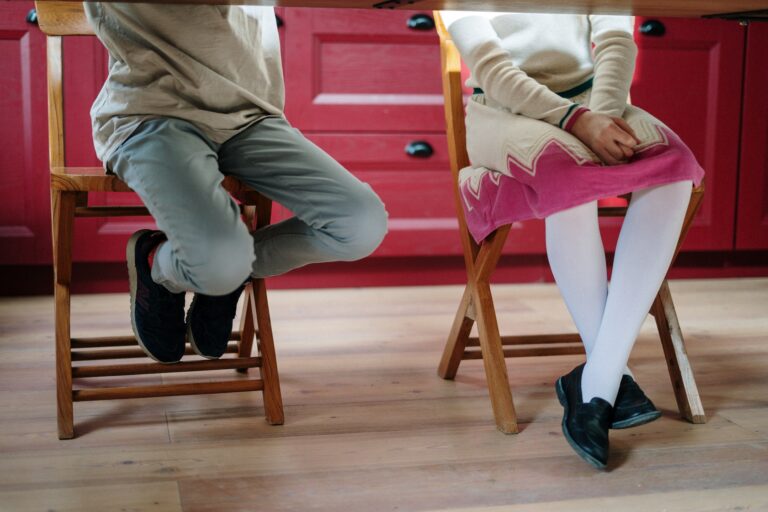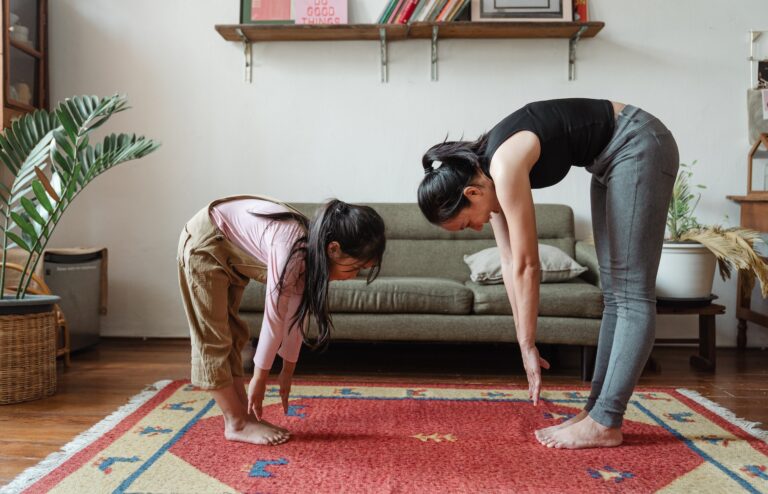The Benefits of Chair Dancing for Older Adults: Fitness, Fun, and Flexibility
In our pursuit of vibrant living, physical activity plays an increasingly crucial role. At Sage Collective, we’re dedicated to promoting fun, engaging, and accessible ways to keep moving. One such practice that has been gaining popularity among older adults is chair dancing. Today, we’re explore the fascinating world of chair dancing and how this fun fitness routine can enhance physical health, mental clarity, and overall well-being.
What is Chair Dancing?
Chair dancing is a dynamic and enjoyable form of exercise that integrates the rhythms and movements of dance into a seated routine. This low-impact activity is designed to accommodate all ages and fitness levels, making it a superb choice for older adults. Using a chair for support, individuals can savor the joys of dancing without concerns about balance or mobility. It allows everyone, regardless of physical ability, to engage in an energetic activity that promotes cardiovascular health, strength, flexibility, and coordination.
Health Benefits of Chair Dancing
Chair dancing provides a comprehensive workout that engages various muscle groups, enhancing cardiovascular health, increasing muscle tone, and promoting better coordination and balance. This low-impact activity also promotes joint mobility and flexibility, critical elements in maintaining a vibrant and active lifestyle.
Beyond its physical benefits, chair dancing can significantly improve mental well-being. The invigorating music and engaging movements stimulate cognitive activity, encouraging memory recall and enhancing focus. By naturally lifting your mood and reducing stress, chair dancing helps foster a happier, more positive mindset.
Chair dancing also has social benefits. Participating in a group setting can create a sense of community and connection. Joining a chair dancing class offers a fun, social way to stay active, contributing to an overall sense of well-being and joy as part of a vibrant lifestyle.
Getting Started with Chair Dancing
Starting your chair dancing routine requires some planning and gradual progression. Ensure you have a sturdy chair and enough space to move your arms and legs freely. Wearing comfortable clothing that facilitates easy movement is also essential. You can customize chair dancing to match your fitness level. If you’re new to the practice, start with slower, gentler routines and progressively build up to faster, more robust dances.
Community centers or gyms often offer chair dancing classes. If you prefer the comfort of your home, there are numerous online resources, including tutorials on YouTube and other platforms, catering to various skill levels. Most importantly, chair dancing should be fun and enjoyable. Use this time to express yourself, embrace the rhythm of the music, and immerse yourself in the joy of movement.
Chair dancing offers a host of physical, mental, and social benefits for older adults, contributing to a vibrant, fulfilling life. With such a fun and accessible form of exercise, it’s an excellent time to get moving and embrace an active lifestyle. At Sage Collective, we’re committed to nurturing a balanced, vibrant lifestyle that combines physical activity, mindfulness, and joy. With chair dancing, older adults can integrate all these elements, enhancing their well-being, and fostering a positive, active lifestyle.


